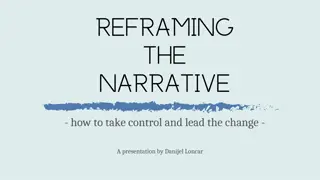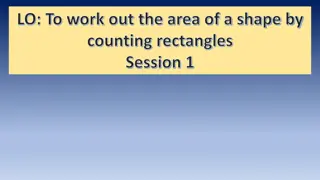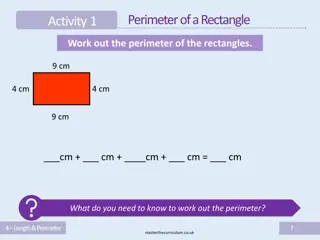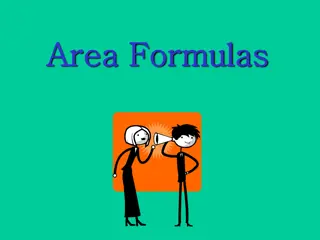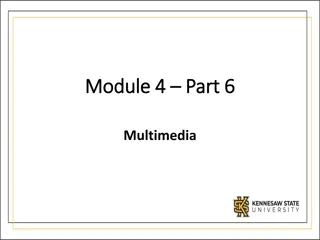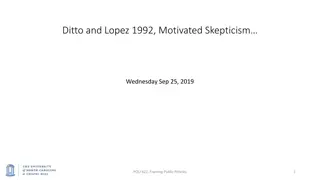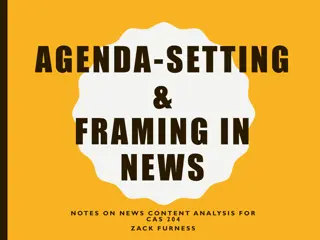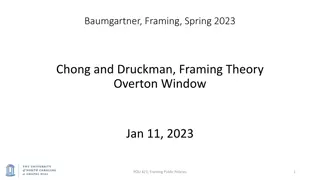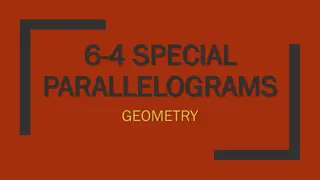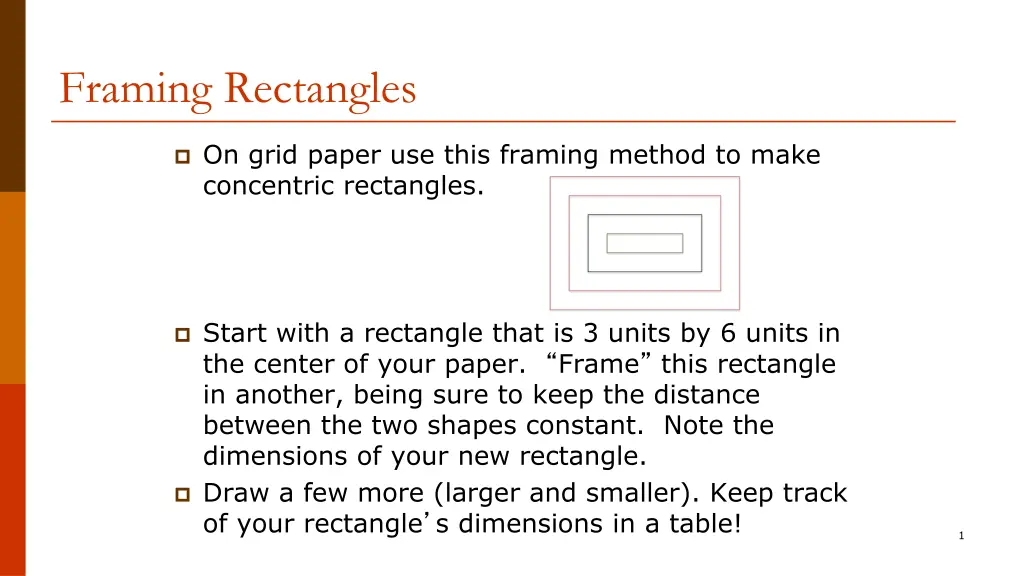
Understanding Concentric Rectangles and Proportional Reasoning
Explore how concentric rectangles are created using a framing method, observe changes in dimensions, compare the rectangles to understand similarities, and delve into the concepts of similarity, additive, and multiplicative thinking in proportional reasoning.
Download Presentation

Please find below an Image/Link to download the presentation.
The content on the website is provided AS IS for your information and personal use only. It may not be sold, licensed, or shared on other websites without obtaining consent from the author. If you encounter any issues during the download, it is possible that the publisher has removed the file from their server.
You are allowed to download the files provided on this website for personal or commercial use, subject to the condition that they are used lawfully. All files are the property of their respective owners.
The content on the website is provided AS IS for your information and personal use only. It may not be sold, licensed, or shared on other websites without obtaining consent from the author.
E N D
Presentation Transcript
Framing Rectangles On grid paper use this framing method to make concentric rectangles. Start with a rectangle that is 3 units by 6 units in the center of your paper. Frame this rectangle in another, being sure to keep the distance between the two shapes constant. Note the dimensions of your new rectangle. Draw a few more (larger and smaller). Keep track of your rectangle s dimensions in a table! 1
Framing Rectangles Compare your data. What is happening to your rectangles? Are some or all or none of them similar? Make an argument to support your answer using the dimensions recorded in your table. 2
When are Two Rectangles Similar? Two figures are similar if the ratios of all pairs of corresponding lengths are equivalent. For instance, these rectangles are similar with a scale factor of 2! 8 4=6 3=10 =2 5 3
Revisiting Additive and Multiplicative Thinking Framing Rectangles illustrates a central idea related to proportional reasoning. Proportion is a multiplicative concept. In order for two quantities to be proportional, there must be a constant multiplicative relationship between them. Using the framing method, we created figures additively because the difference around the shape is constant we are adding the same amount of space at all times. It does NOT preserve the proportion of the shapes. 4
Teaching Note about Scaling and Equivalent Ratios Scaling a rectangle one time might not be enough to help students question additive reasoning, but scaling it multiple times can make it more obvious. More noticeably NOT the same ratio! 5



